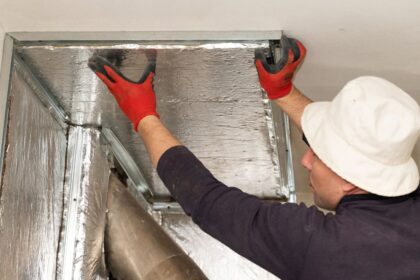
If you are an aspiring building designer or contractor, you should know about fire protection barriers. There are two main types of protective coatings: ignition barriers and thermal barriers. The key to complying with fire codes and promoting safe structures is to understand each and their differences. Keep reading to learn more about ignition barriers versus thermal barriers and the differences between them.
What Is an Ignition Barrier?
As the name suggests, ignition barriers keep materials from igniting during a fire. These barriers protect various building materials, including spray foam insulation and more. Ignition barriers provide about five minutes of fire protection to the applied area. This provides extra time for emergency services to arrive. However, it may not be enough time to allow for complete evacuations, which is why some areas also require thermal barriers.
What Is a Thermal Barrier?
A thermal barrier is a protective layer that separates building materials from the living or working space of a building. Thermal barriers can be certain fire-resistant materials, objects, or coatings. Contractors often apply thermal barriers to foam and other types of insulation because these features are so common in homes and commercial buildings. Thermal barriers provide 15 minutes or more of fire protection, which is why they are common in living spaces and occupied building areas.
Ignition Barrier vs. Thermal Barrier: What’s the Difference?
Two common differences between ignition and thermal barriers are their applications and where they are necessary. Ignition barriers are ideal for areas that only house utilities and other home or commercial equipment. However, if you use a space for storage that includes utilities, you will need a thermal barrier instead. These barriers are necessary wherever storage spaces are located and in any other accessible, occupied area of a home or another building. Ultimately, these barriers’ different applications are due to their differing fire protection abilities and burn time.
Now that you know the differences between ignition and thermal barriers, you can make proper preparations for your building and follow the local fire codes. If you are looking for protective barriers and coatings for your own building company, learn more about our intumescent coatings and their applications at FireFree Inc.

